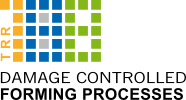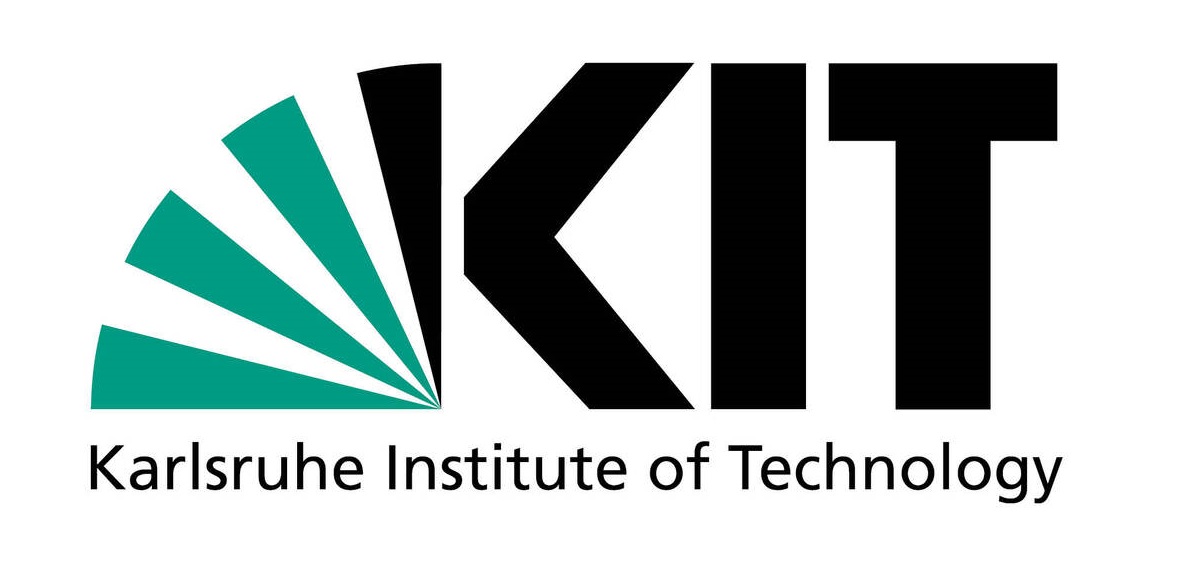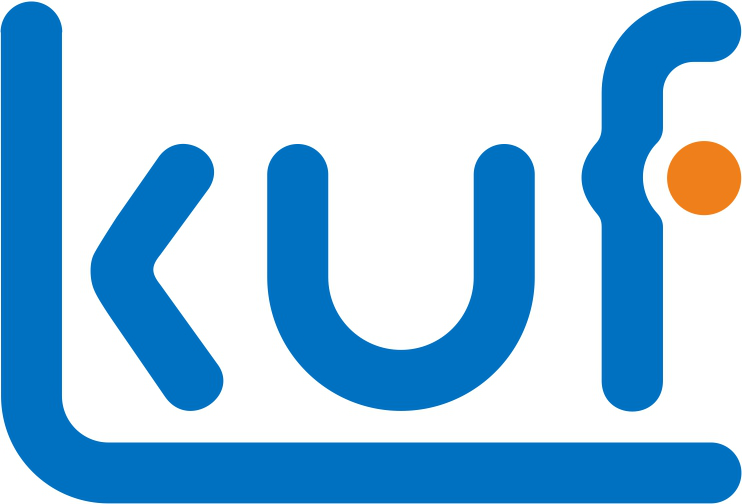The aim of microstructural characterisation of damage within TRR 188 is to unravel the physical mechanisms of damage nucleation, evolution and coalescence. Of interest in this context are in particular the dependence of these mechanisms on the loading conditions and path as well the often complex microstructures of advanced alloys with their multiple phases. In the corresponding project within TRR 188 (Project B02), a new method has been developed to allow for the first time an automated analysis of damage mechanisms using panoramic (~1 cm²) scanning electron microscopy images at high resolution. This was achieved using artificial intelligence with convolutional neural networks and applied to post-mortem and in-situ deformation tests as well as uniaxial and biaxial tensile andbending tests.Based on this, the aim of this transfer project is to exploit the potential of the new method further and make it available to TRR 188 and the scientific community by achieving integration into accessible experimental setups. In this project, this will be pursued in three ways: by (1) implementing accelerated in-situ deformation experiments based on initial imaging and subsequent fast tracking of many evolving damage sites, (2) applying the new concepts of super-resolution in artificial intelligence for fast re-imaging of large areas and (3) direct collaboration with a microscope manufacturer to achieve reliable and comfortable integration of the accelerated in-situ experiment.
Tom Reclik M.Sc.
Institut für Metallkunde und Materialphysik
RWTH Aachen







